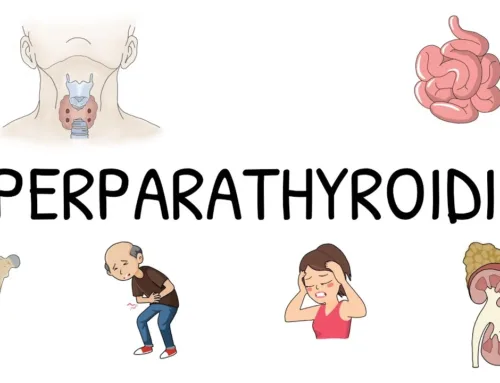Whole grains are a healthy source of fiber, but they may also have another benefit: lowering your risk of type 2 diabetes. A growing body of research shows that whole grains—such as barley, buckwheat, millet, oats, and quinoa—can reduce your risk for this disease by improving blood sugar control and enhancing insulin sensitivity.

Many Types of Grains May Help Protect Against Diabetes
Many types of grains may help protect against diabetes.
Whole grains are high in fiber, which is important for digestion and may help lower cholesterol, hypertension, and the risk of heart disease. They also contain B vitamins that help convert food into energy. It’s important to note that not all whole grains are created equal—some may have more or fewer benefits than others, depending on how they’re processed.
In addition to whole grains, other sources of fiber include fruits, vegetables, beans, and legumes.
To Reap the Benefits of Whole Grains, Be Sure to Check Food Labels
To reap the benefits of whole grains:
1. Check food labels.
2. Look for the words “whole grain” on food labels.
3. Look for the word “whole” before the name of the grain—for example, whole wheat instead of just wheat. If you see 100% whole wheat or 100% whole grain in bold print at some point on your label, that’s a good sign!
4. Check for cracked grains or cracked wheat as well: these grains have been broken down into smaller pieces and are easier to chew than their original form.
How is whole grain consumption associated with a reduced risk of type 2 diabetes?
To understand how whole grains are linked with type 2 diabetes, you need to know what they are. Whole grains have all three parts of the grain (the bran, germ, and endosperm) still intact. Refined grains have had their bran and germ removed; this leaves them with less fiber and nutrients.
The benefits of whole grains include:
- High levels of fiber: Eating high-fiber foods can help you feel full faster, preventing overeating later in the day—and eating fewer calories is one way to control your weight and reduce your risk for type 2 diabetes. Whole grains also contain soluble fiber that helps control blood sugar levels by slowing down the absorption of sugar into your bloodstream after eating; this may lower insulin resistance, which contributes to developing type 2 diabetes.
- Other nutrients: Not only do whole grains provide high amounts of fiber—they also provide other nutrients that may reduce your risk for type 2 diabetes, like magnesium (which promotes heart health), vitamin E (which protects brain cells from damage), zinc (which regulates blood sugar levels), copper (a mineral involved in energy production), manganese (helps metabolize carbohydrates) as well as phytochemicals including phenols found in grain brans called lignins that may play a role in preventing cancer growth by restricting cell division which could contribute to tumor development if uncontrolled growth occurs due to genetic mutations causing abnormal cell division rates leading to cancerous tumors forming within cells today’s article will explore whether or not eating more whole grains throughout our diet will protect against developing type two diabetes mellitus later on down lifeline.
How to Increase Your Fiber and Whole-Grain Intake
You can help reduce your risk of type 2 diabetes by eating a diet rich in fiber. Fiber is found in whole grains, fruits, vegetables, and legumes. It will help if you eat at least three servings a day.
Try starting with breakfast:
- Start the day with whole grains like oatmeal or 100% whole-grain toast with fruit spread for breakfast instead of refined grains like white bread or sugary cereals. These foods are packed with fiber that will manage your weight over time.
- Try switching from white rice to brown rice as an alternative source of carbohydrates—it’s higher in fiber than white rice, so it fills you up faster without adding extra calories or sugars!
- Other good sources of fiber include fresh fruits, dried fruits, and vegetables. Eating a minimum of five servings of fruit and vegetables daily to get enough fiber; will also help you meet your daily requirements for vitamins and minerals such as vitamin C, potassium, and magnesium.
Conclusion
Despite the benefits of whole grains, there are some drawbacks. Whole-grain foods are more expensive than processed ones and are only sometimes readily available. If you want to increase your intake of fiber and whole grains, it may be helpful to speak with your doctor or a registered dietitian about other ways to help offset these costs—such as choosing less expensive brands or buying them in bulk.




Leave A Comment